The Soviet Lady Death: She Shot 309 Nazis, Inspired American Feminists, and Became a Pen Friend of Eleanor Roosevelt
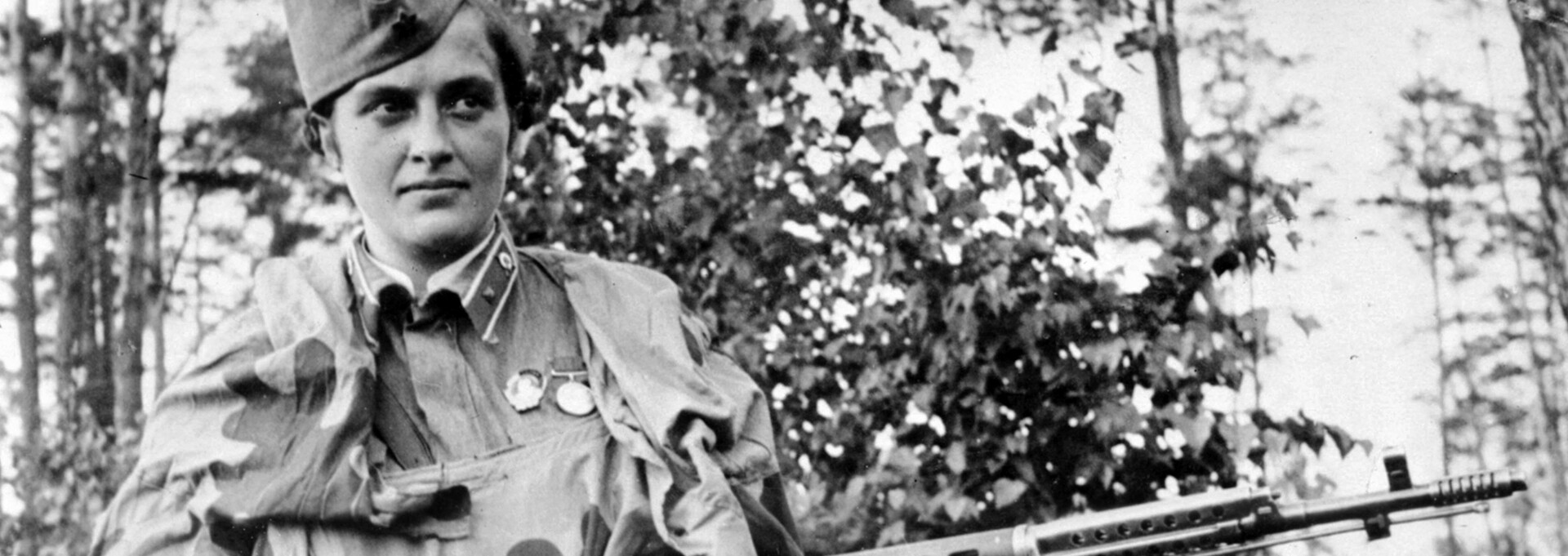
The deadliest female sniper of World War II bitterly criticised the allies for their reluctance to attack Hitler in Western Europe and defied Western standards of female beauty and elegance. RT Documentary tells the story of Lyudmila Pavlichenko, the Soviet’s ‘Lady Death’, as Western media baptised her.
At the height of World War II, when meeting her, the Archbishop of Canterbury told her: “I’m glad to meet an unusual Russian woman who once again proved the truth that when it comes to defending their country, women are able to do things that have been purely masculine for centuries. I can only ask, Lyudmila, how do you bear this burden of the enemies you have vanquished?”
And the number of the enemies she had vanquished by that time was significant – over three hundred shot with a sniper rifle.
This answer might be considered an epigraph to her whole life.
The Girl from the USSR
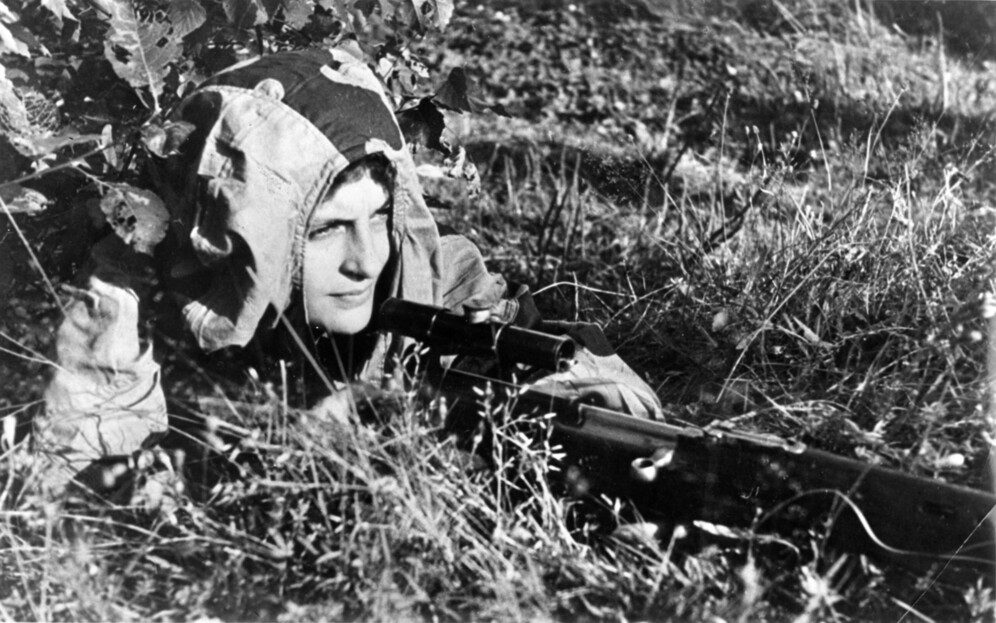
A young girl in a green uniform with perfect posture and who didn’t speak English found herself in the spotlight in Washington in the late autumn of 1942. At the time, the United States debated how deep its engagement in the World War would be. Officially, the country was at war with Japan, Germany and Italy for almost a year. Under General Eisenhower’s leadership, troops landed in North Africa, and the US Air Force had been bombing occupied Europe. However, many Americans were still reluctant to risk their lives and spend money as long as their continent was out of danger.
Related: Fascism: A History. A vicious ideology before and after Hitler
In autumn 1942, when the bloody battle of Stalingrad was in full swing, the Soviet leadership, at the invitation of President Roosevelt, sent a student delegation to the United States to convince the American public of the burning necessity to open a second front in Europe. 25-year-old Lyudmila Pavlichenko was to play the first fiddle in this mission.
Journalists attacked the young sniper with both appropriate and inappropriate questions. “Do women wear lipstick at the front, and what kind of lipstick do they prefer? What kind of cigarettes do they smoke? Will Ms Pavlichenko allow her portraits to be printed on cigarette boxes? A firm is ready to pay a million dollars for this! What kind of underwear does Lady Pavlichenko prefer, and what colour does she like?”
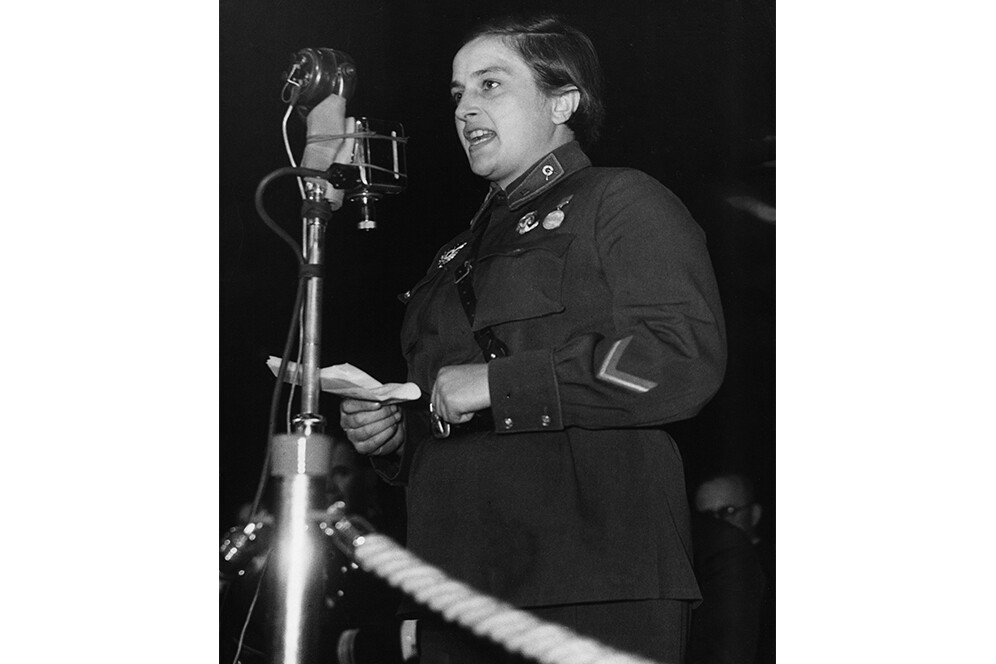
Fashion columnists criticised her for lack of chic. “Doesn’t military philosophy imply that an effective warrior is proud of his appearance?” wrote Malvina Lindsey for the Washington Post.
Fortunately, Lyudmila turned out to be a talented sniper and a natural diplomat with a ready tongue.
The road to military glory
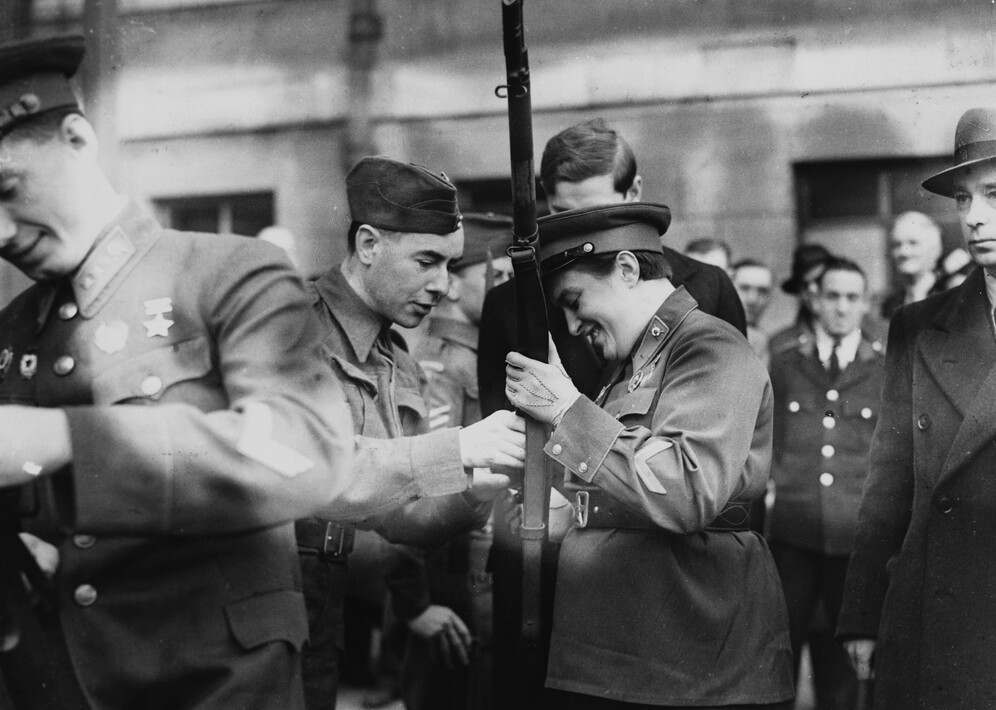
Lyudmila Belova, the future ‘Lady Death’, was born on July 12, 1916, to a locksmith and school teacher in Bila Tserkva, not far from Kiev.
When Lyudmila was 14 years old, her family moved to Kiev, where she joined a shooting club and, sometime later, was admitted to a sniper school.
In 1932, she met Alexey Pavlichenko. They soon married and had a son, Rostislav. However, the relationship ended as quickly as it began. After the breakup, Lyudmila returned to her parents and raised the child alone. In 1937, she entered Kiev State University, majoring in history.
In June 1941, Lyudmila Pavlichenko was doing an internship at a library in Odessa. On the fatal date of June 22, she was going to eat out and listen to Giuseppe Verdi’s La Traviata at the opera house. But the German invasion upended her plans and dreams and changed her life forever.
Almost immediately after the attack on the USSR, Lyudmila enlisted in the army as a volunteer.
At first, the military enlistment office insisted they could enrol her only as a nurse, but the documents on graduation from the Kiev school of snipers made them change their minds. So on June 28, Lyudmila joined the 25th Chapaev Rifle Division of the 54th Regiment, which opposed German and Romanian troops in Moldova and Transnistria.
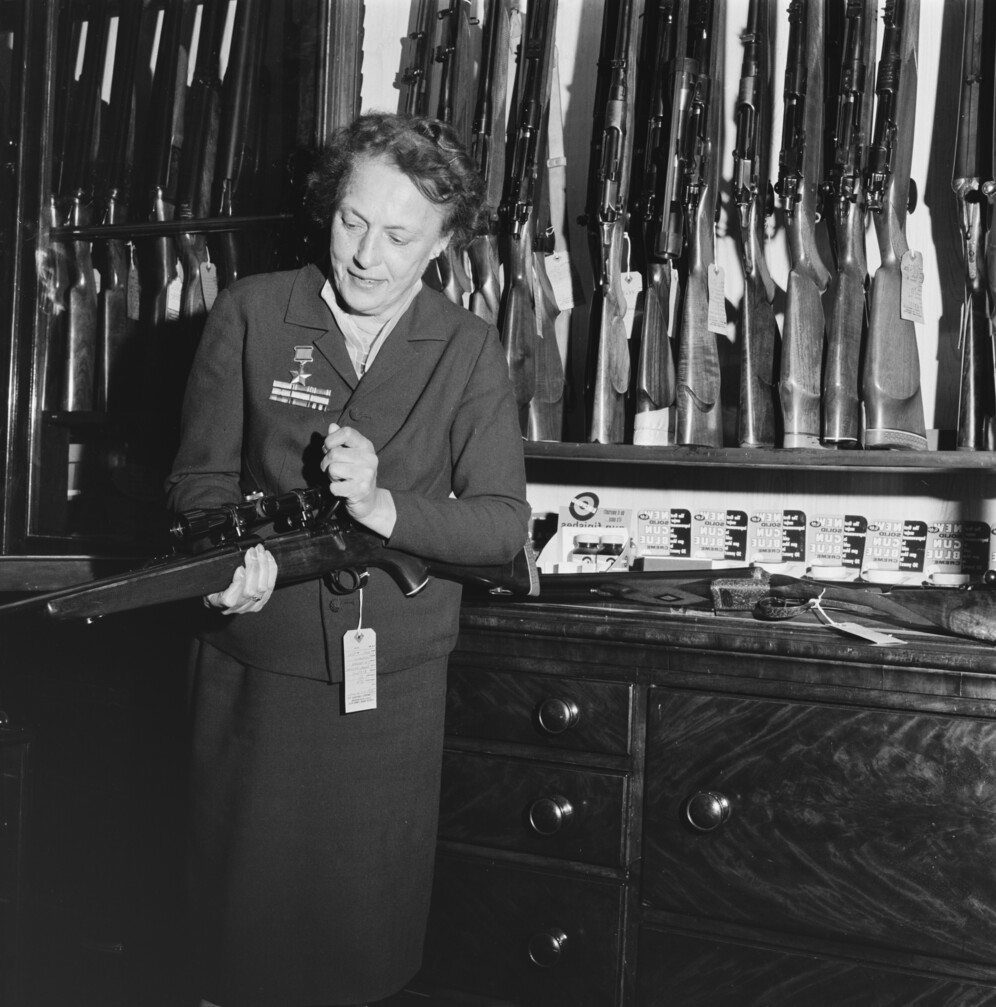
Almost immediately after the girl arrived at the front, she came under enemy fire. In July, Lyudmila had the first concussion, in early August — the second. Due to a temporary hearing loss, she spent three weeks in hospital. In early October, Lyudmila received her first wound during a battle near Odessa — a shell fragment grazed her head. She later recalled it was in Odessa she experienced her worst shocks from the war — when she saw the corpses of children torn apart by bombs…At the same time, she demonstrated her outstanding skill as a sniper.
The work of a sniper is associated with many hardships. The need to lie for a long time without the slightest movement, urinate under oneself, and keep the utmost concentration all the time. Lyudmila coped with these hardships better than many men, according to a fellow sniper.
Related: Remembrance. Rewriting history: Red Army’s role in liberating Europe censored in the West
From November 1941, Pavlichenko participated in defence of Sevastopol. Unfortunately, she received another wound — a shell fragment hit her right shoulder. It was then that she fell in love with another sniper Alexey Kitsenko. In between the fighting, the lovers would read Tolstoy’s ‘Sevastopol Stories’ to each other and even drink champagne — there was not enough food in the besieged city, but the stocks of Crimean sparkling wine were abundant. Lyudmila and Alexey even decided to get married, but on March 4, 1942, Kitsenko was seriously wounded during a mortar attack on sniper positions and died in front of Lyudmila.
Related: Leningrad Siege Reflections. Blockade victims share stories of starvation, death, and survival
The authorities then took away Lyudmila’s gun, fearing she would shoot herself — so strong and obvious was her shock. Instead, the female sniper chose to shoot several more Germans.
Related: Declassified Files from WWII
Commanders would give Lyudmila the most difficult tasks, including tracking down and shooting enemy snipers, who were ordered to do the same with her. The Romanians would raise helmets on bayonets above the shelters to calculate her location, but Pavlichenko never fell for the bait. She recalled how the Nazis released a cat in front of a trench to convince her no people were around. Seeing no reaction from the Soviet side, a German got up with binoculars and fell a moment later, shot by the Soviet Lady Death.
The Germans used all sorts of techniques against the enemy sniper: they called on her to change sides through a megaphone, guaranteed officer rank, chocolate and butter. When the promises didn’t work, threats followed: Lyudmila was promised to be torn into 309 pieces. The girl wasn’t frightened by the messages but motivated: the Germans knowing the exact number of her victims flattered her.
Pavlichenko was wounded several times but remained in the ranks until June 1942, when she was hit by shrapnel in the head and both legs. Then, as the Nazi offence in the Soviet south unfolded, Pavlichenko was evacuated from the front and was intended to train future sharpshooters at sniper school. But the Soviet leadership had another task for her.
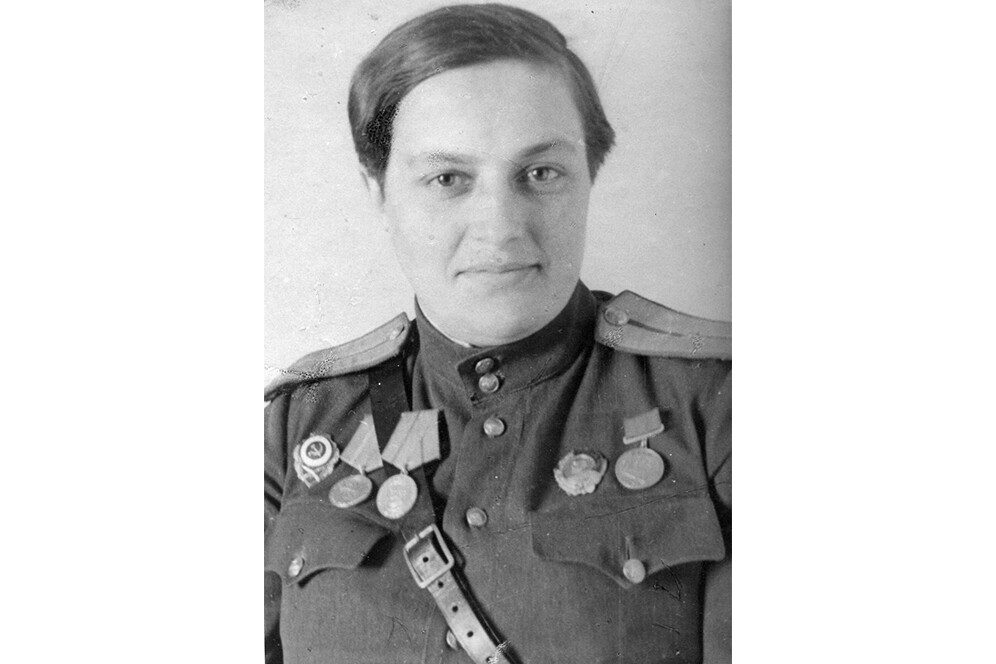
In early August 1942, US President Roosevelt, in one of his telegrams to Stalin, invited the Soviet Union to send a delegation to an international student assembly in Washington. Both Roosevelt and Stalin understood perfectly well that the participation of Soviet students who have participated in the war could promote the idea of the second front in Europe in American public opinion. The USSR had withstood Hitler’s first, most dangerous blow, but the enemy was still strong following the defeat near Moscow. Then, in 1942, he broke through to the Volga. The opening of a second front by the United States and Britain against Hitler’s Germany in Western Europe would help the USSR.
“Gentlemen, don’t you think you’ve been hiding behind my back for too long?”
On August 27, 1942, Lyudmila Pavlichenko and her companions arrived in Washington after a long journey with many transfers. They visited several cities in the US and Canada and received a Colt pistol and a Winchester rifle as gifts. A few years later, country singer Woody Guthrie dedicated a song to her.
They participated in meetings, manifestations, and news conferences whenever they went, never forgetting the mission they were to fulfil for their country. Apart from campaigning for the second front, she also had public discussions on the advantages of communism over capitalism. Some say her speeches on gender equality in the USSR anticipated discussions about feminism, which gained momentum after World War II:
In Washington, Lyudmila and the delegation lived in the White House. They were hosted by President Franklin Roosevelt and his wife, Eleanor.
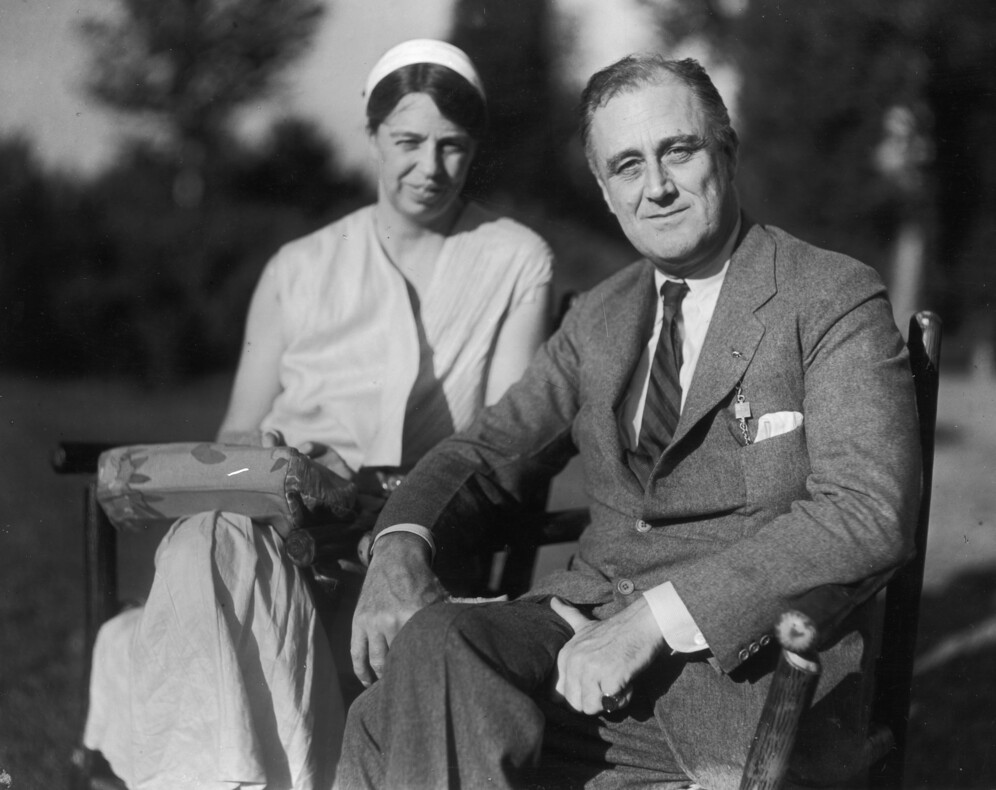
At first, the sniper and the first lady of the United States did not get along – the difference in age, origin, and culture played a role. In her memoirs, Pavlichenko recalled Mrs Roosevelt thawed after an incident. One day, Lyudmila decided to take a boat on the lake of the presidential estate in New York and accidentally capsized. After learning about the incident, Eleanor suggested Lyudmila change clothes as soon as possible not to catch a cold and accidentally saw the scarred body of the sniper. After that, she showed more respect for Lyudmila and corresponded with her after the war.
In 1957, long after the death of President Roosevelt, Eleanor visited Moscow and dropped by to see an old acquaintance. Both recalled how stiffly they behaved in front of the Soviet observer but hugged and burst into tears as soon as they were alone. The women spent several hours discussing the events of 15 years before and how their lives had developed. Despite the tense relations between the USSR and the USA, the president’s widow and the deadliest female sniper in history talked like old friends.
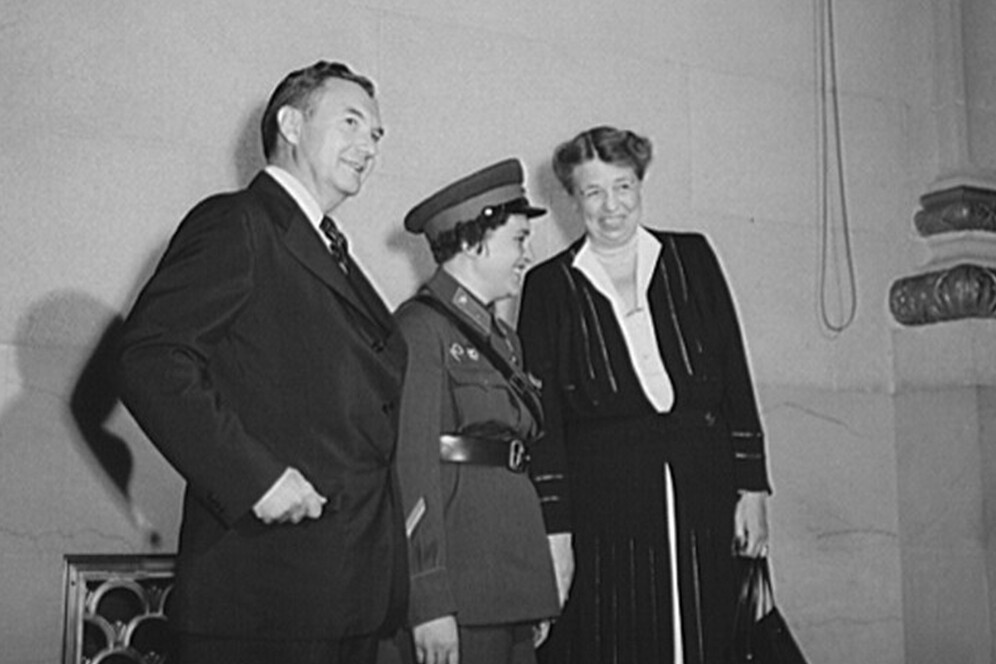
In addition to the Roosevelts, Pavlichenko met the auto tycoon Henry Ford and actor Charlie Chaplin. It was the meeting with Chaplin she remembered the most.
In October 1942, Pavlichenko was invited to California. The Soviet consulate in San Francisco organised for her to meet the world’s most popular comedian.
“What was my amazement when I saw a man who could not be confused with anyone else when the door opened. It was Charlie Chaplin! Before I could recover, Chaplin had already picked me up and, waltzing flew with me into the living room full of movie celebrities. Everyone, as I soon learned from the newspapers, had been waiting for me for a long time...”
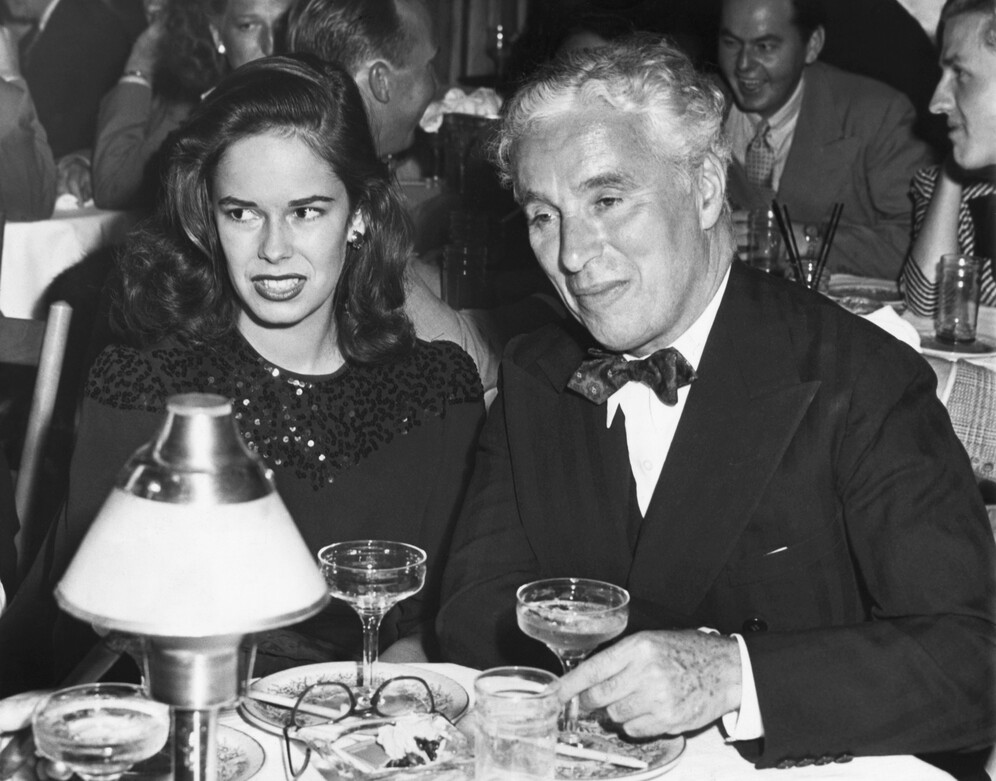
The comedian was on a roll. “I was fascinated,” Lyudmila recalled, “when Chaplin, already an elderly man at that time, walked on his hands to the basket with drinks, brought me a bottle of champagne in his teeth. And I was even more surprised when he gently sat me down on the sofa and began to kiss my fingers. ‘It’s just unbelievable,” he said, ‘that this hand has killed hundreds of Nazis…”
Lyudmila Pavlichenko’s US tour lasted 142 days. On the way from North America, the veterans stopped in the UK, where they met Prime Minister Winston Churchill and future French President Charles de Gaulle. The British Prime Minister not only paid particular attention to Lyudmila but also jokingly asked the official head of the delegation, another Soviet student soldier Nikolay Krasavchenko: “Isn’t it difficult to be the head of such a charming lady?”
Back home
Upon returning to the USSR in January 1943, Lyudmila Pavlichenko was awarded the title of Hero of the Soviet Union: her contribution to the Great Victory – both at the front and at gala dinners with Western diplomats was duly appreciated by the Soviet leadership.
But the glory didn’t turn her head: having reeled from the jet lag, she returned to the front as a sniper instructor. She remained at the front until autumn 1944 when she was wounded for the fourth time. Then, in October 1944, Pavlichenko was discharged into the reserve, and she finally had a chance to go on with her education. Soon after the victory, Lyudmila defended her thesis.
Pavlichenko didn’t retire until June 1953. Before that, she served in the Navy and studied fleet history at the Leningrad Naval Academy.
After Lyudmila’s death, there were debates over the exact number of Nazis she killed during the war. Critics drew attention to the fact that at the beginning of the war, soldiers and officers of the Red Army were presented with awards for lesser merits and that in the frontline chaos, it is difficult to keep accurate calculations. Admirers respond by saying exact numbers don’t matter – it’s clearly a three-digit number.
Lyudmila Pavlichenko died on October 27, 1974, from a stroke at the age of 58 – her numerous injuries had played their role.

The woman who killed hundreds of enemies in the most terrible war has preserved her femininity and ability to love. “My grandmother loved children very much and never punished me. We lived soul to soul. Her deep and gentle gaze was better than anything else! Even though I was a pretty naughty child, she always forgave me everything…” recalled Lyudmila Pavlichenko’s granddaughter.